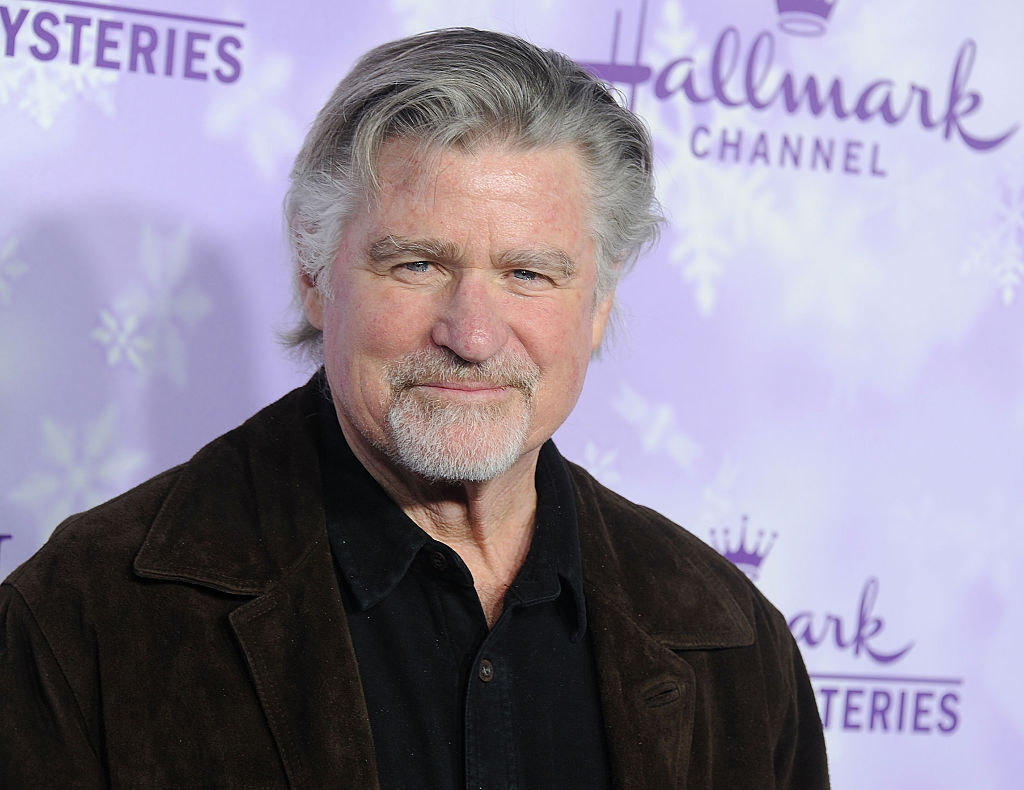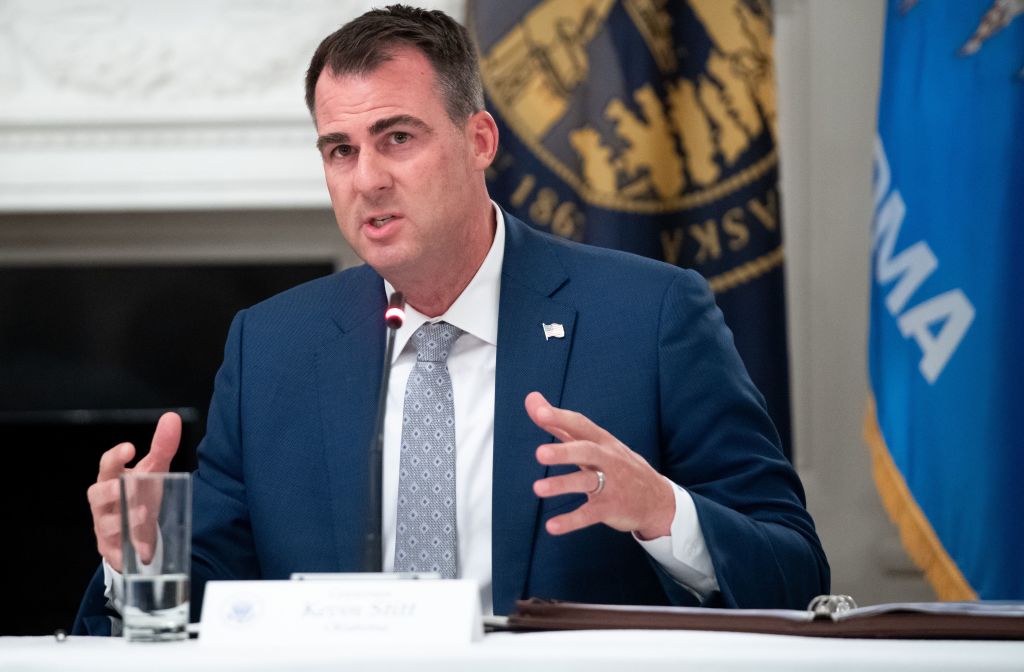The driver who allegedly caused the crash that killed actor Treat Williams has been charged in his death, Vermont State Police stated in a news release.
Ryan M. Koss, 35, who was driving a Honda Element at the time of the accident, was charged on Tuesday with “grossly negligent operation [of a motor vehicle] with death resulting.” Koss voluntarily met with police and was processed on the charge, after which he was released. He is scheduled to appear on the morning of September 25 for his arraignment.
According to the police report, Koss turned into the path of Williams’ motorcycle — and Williams was unable to avoid a crash. The 71-year-old actor was thrown from the motorcycle and sustained critical injuries, and he was later pronounced dead at Albany Medical Center in Albany, New York. The New York Medical Examiner’s Office listed severe trauma and blood loss as the official cause of death.
Williams — who starred in “Hair,” “Everwood,” and The Daily Wire’s “Run Hide Fight” among other projects — spent most of his life outside Hollywood, greatly preferring his property in Vermont. He was survived by his wife, actress Pam Van Sant, and two children.
His daughter Ellie shared a tribute to her late father in mid-July, just a month after he died.
“I have never experienced this kind of grief before, so it’s hard to put my thoughts into words, but I’ll try my best for now,” she wrote in the caption of her Instagram post. “I have been home with my family in Vermont for a month now, but it feels like just yesterday that I frantically got on a plane home after I got that phone call.”
CLICK HERE TO GET THE DAILY WIRE APP
“It feels like he’s just away filming. However, I keep forgetting that he’s not coming home this time,” she added. “This love is a once-in-a-lifetime love. A father’s incomprehensible love for his daughter, and a daughter’s boundless love and complete admiration for her father.”
“Dad, I love you more than words could ever describe. You have given me the best life imaginable, and I could not have ever dreamed of having a better father. Thank you for loving me completely. I know you will walk with me by my side for eternity. Until we find each other in the next life, Ellie Belly,” she concluded.



